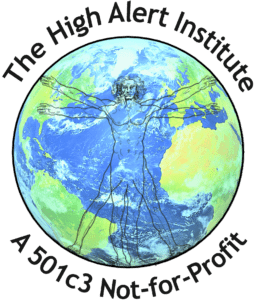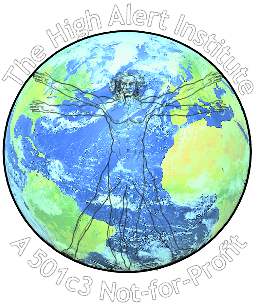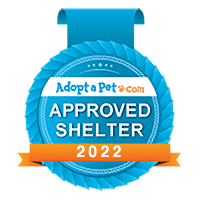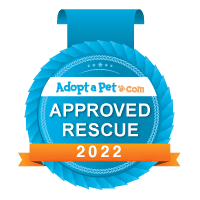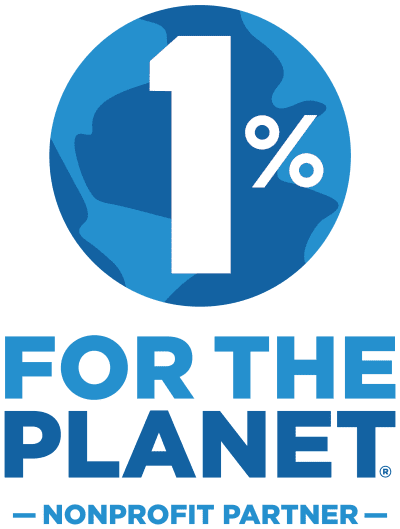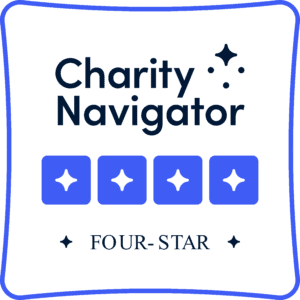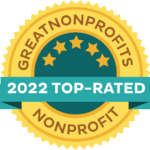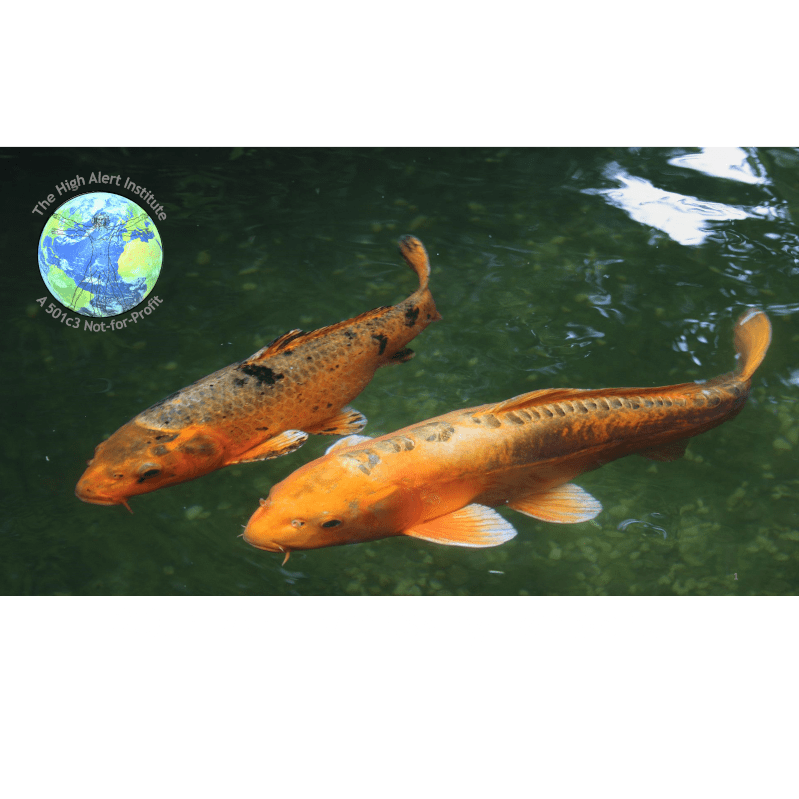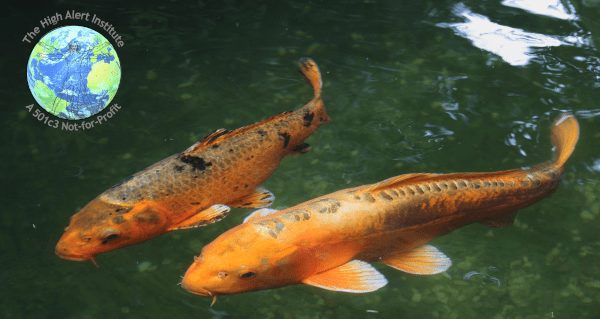The CEO of a major international company falls ill for the second time in two years. The first illness, diagnosed quickly and treated effectively, resulted in little disruption in daily business operation. Executive Vice President and the Chief Operating Officer for this $50 billion per year multi national needed only to supplement the CEO’s capabilities for a brief time. The Board and the rank in file employees alike marveled at the CEO’s resilience and proudly touted the company’s loyalty to their stricken leader.
The second illness was far more impactful. After a brief 12 months of wellness, the CEO began to make erratic decisions. Profitable outlets were ordered closed, while unprofitable outlets scheduled for closure were allowed to limp along as an economic drain. Stock prices began to fall and investor confidence with it. There had always been a corporate culture that the Board likened to “family.” The management team and the Board itself were torn between the need to save the business and the desire to not abandon a colleague.
How does the business balance these two seemingly opposed ends?
Business consultants, financial consultants, business professionals, and even human resource professionals are well versed in streamlining day to day operation, supporting business processes in the face of internal and external adversities, and even in dealing with leadership issues. However when the issue is medically related and decisions regarding fitness for duty at the highest level of a corporation will may involve the review of highly sensitive personal and even devastating medical information, the most stalwart business people begin to shy away from the issue.
The Health Insurance Portability Accountability Act (HIPAA) limits the information that companies and even physicians may review and exchange regarding a patient’s health. When a corporate leader is also a patient, physicians are often renascent, even with a signed medical information release, to be fully candid. Companies are all too willing to pay for “fitness for duty” examinations often not understanding that such examinations are limited in scope and even more limited in scientific validity. In short they are legal land mines.
For those companies who understand these limitations dealing with medically impaired leadership becomes all the more difficult. In these special situations the use of a non treating independent medical adviser (NIMA) to the Board or corporate leadership is the ideal legal solution.
NIMA – The Eyes of Experience
A non treating independent medical adviser is a physician who is adept at physical examination by observation. The depth of their experience allows them to observe individuals as they move through their work day and draw conclusions about decision making ability, information retention and physical impediments. Further, a NIMA is able to assess the impact of the medical condition on the rest of the management team. A family, like any other social structure including a tightly knit management team, is equally affected by a severe or debilitating illness as the individual suffering from the illness themselves. It only stands to reason that when severe illness strikes a corporate leader, the management team and the business as a whole will suffer.
The NIMA stands with a foot in business world and a foot in the medical world. Through observation and third party interview, the NIMA can not only identify the changes that have occurred in management culture to accommodate the illness, but make recommendations for reasonable accommodations that partially or completely ameliorate the effect of the illness within the business and more importantly within the business leadership. The NIMA is also capable of documenting and validating when reasonable accommodation will not allow the organization to return to its pre-illness baseline.
Because they have no doctor-patient relationship with the stricken leader, HIPAA regulations do not apply to their observations, therefore these observations and the inferences drawn from them can be freely shared with members of the Board and the corporate leadership within the constraints of the company’s human resources rules and professional ethics. In these circumstances, the NIMA may recommend reassignment, or medical leave of the stricken individual so as to allow for normalization of business operations while continuing their employment.
Also maintaining a foot in the medical world, the NIMA can advocate to the Board and corporate leadership for action that would be in the best interest of the average patient suffering from the same illness as their stricken corporate leader. The NIMA, based on clinical experience in the treatment of real world patients, may recommend for out-coaching and out-placement of the ill individual on a temporary or permanent basis to facilitate that individual’s maximum chance for recovery of their own health. In this fashion the best interest of both the corporation and the individual are voiced and can not be served.
A Sigh of Relief
The $50 billion a year multinational corporation, hired a Non-Treating Independent Medical Adviser. The NIMA reviewed stock performances, corporate reports, memos and non-confidential corporate communications from the CEO over the preceding two years. The NIMA observed that the CEO’s Executive Assistant spent the majority of the day functioning as an uncertified nurse’s aid and an Executive Vice President reviewed every decision and every instruction made by the CEO. The CEO’s physical appearance demonstrated that the disease had caused far more muscle loss and weakness than the fitness for duty examination or the CEO’s own reports of her medical condition had indicated. The CEO took a 20 to 30 minute nap every two hours, and often ended her work day after 8 or 9 hours compared to her previous habit of 12 to 14 hours a day.
The NIMA also noted that on days when the CEO was absent, the management team was themselves far more focused and appeared overall happier and less confrontational in their interactions with each other. The NIMA reported to the Board these findings and recommended either for a temporary medical leave, under the Federal Family Medical Leave Act or for out-coaching and out-placement. Based on the recommendations of the NIMA the CEO was given both options. In these private meetings, the CEO admitted to being unable to retire despite a generous retirement package because of the CEO’s own sense of loyalty to the company. Much to the CEO’s relief, retirement was now an option as the Board voted unanimously for full retirement despite the fact that CEO was 13 months short of 30 years with counting.
Following the CEO’s retirement, a new Chief Executive Officer was named, within 6 months the non profitable divisions had been closed. The previously closed profitable divisions restarted or absorbed into existing operations. Corporate profits had returned to levels that had existed before the CEO’s illness and stock price had rebounded to its previous all time high. A year later, company’s stock price had resumed its previous continuous upward trend and the corporation had fully recovered from its own illness.
For companies trapped between their desire to support a loyal executive and the necessities of corporate responsibility, the fresh eyes of a Non-Treating Independent Medical Advisor allow these companies to continue to be all heart.
